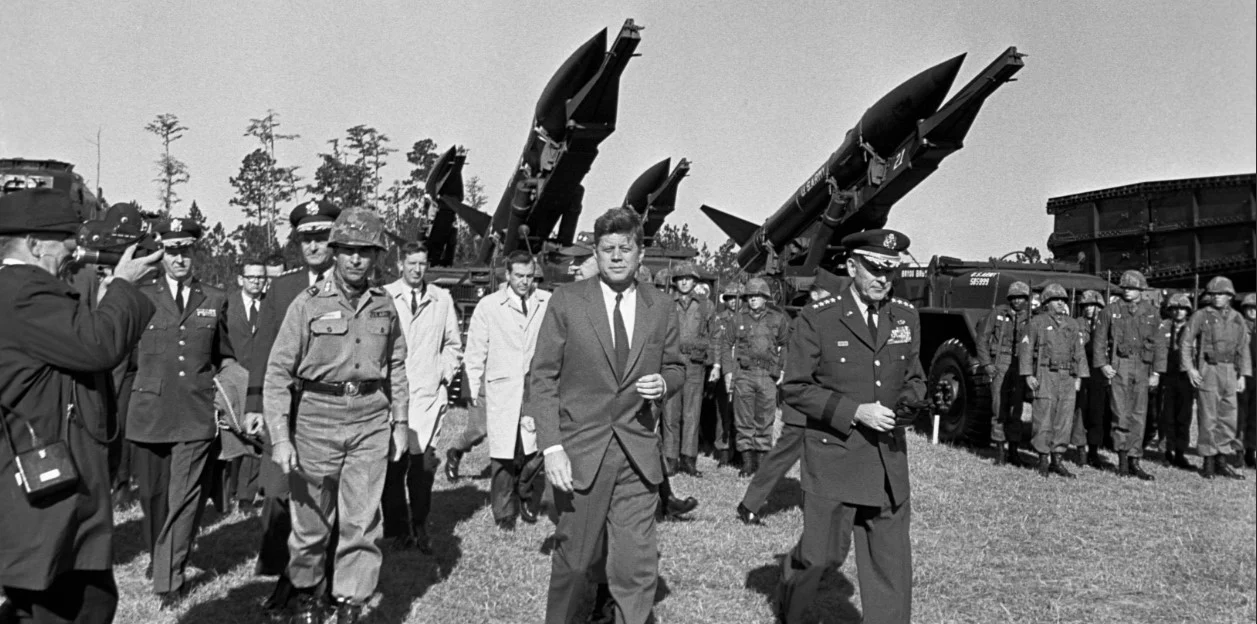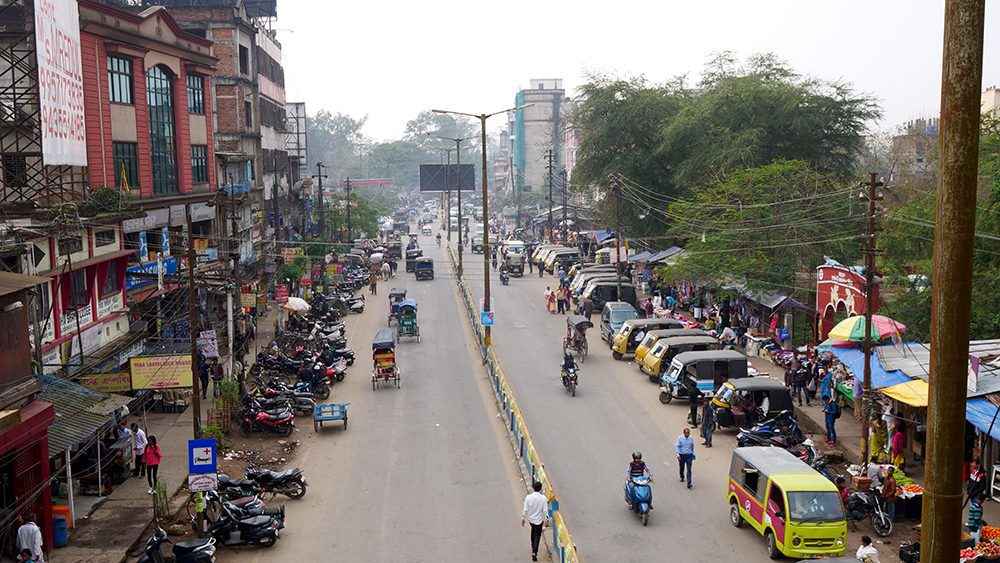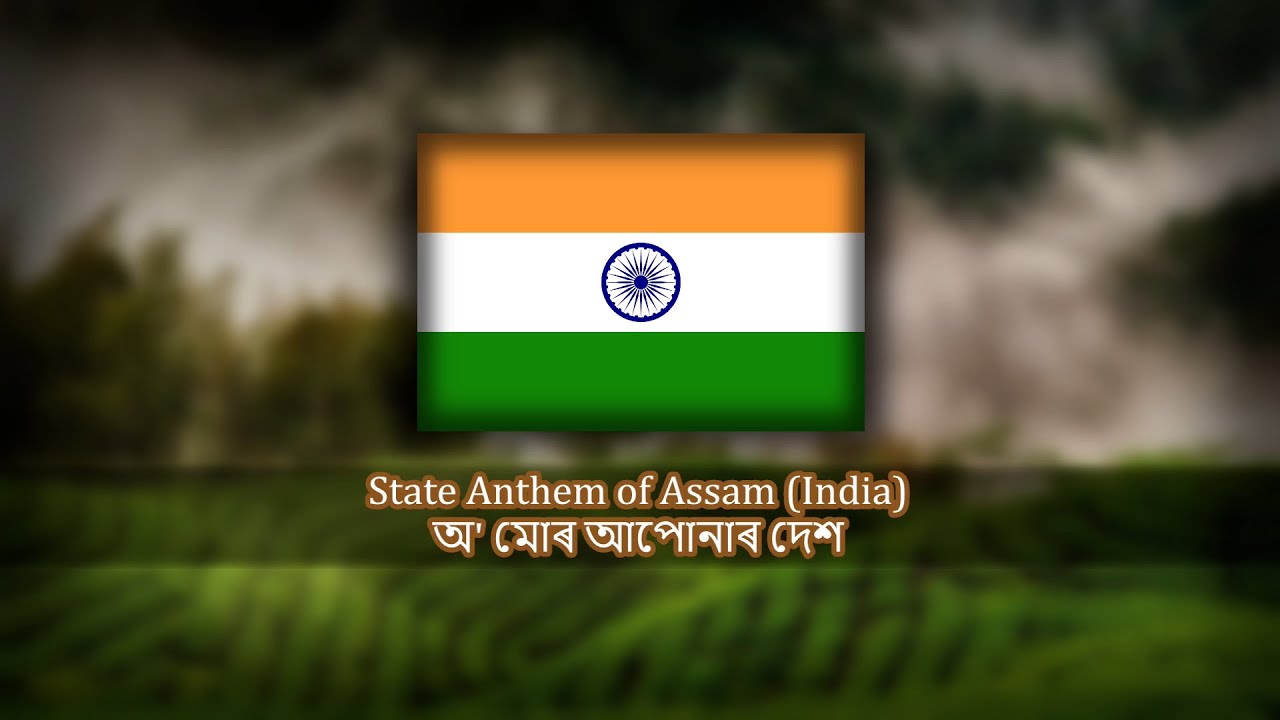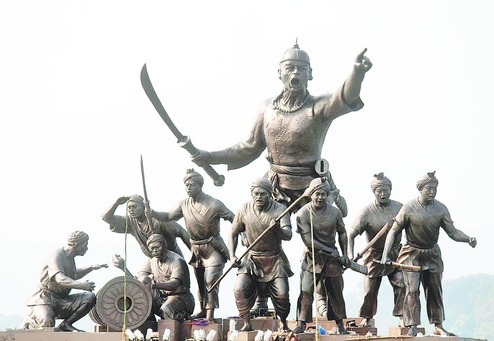The Cuban Missile Crisis stands as a pivotal moment in history, marking the climax of tensions between the United States and the Soviet Union during the Cold War. This article delves into the intricacies of this event, exploring its historical significance and its role in shaping the geopolitical landscape of the 20th century.
The Prelude to Crisis
Cold War Dynamics
The Cold War, a state of political and military tension between the two superpowers, the United States and the Soviet Union set the stage for the Cuban Missile Crisis. The ideological differences between capitalism and communism fueled a global power struggle.
Dive deeper into the complexities of the Cold War with our blog on “Understanding the Dynamics of the Cold War”here.
Cuban Revolution
The Cuban Revolution of 1959, led by Fidel Castro, established a socialist government in Cuba, aligning the nation with the Soviet Union. This alliance heightened the geopolitical stakes and intensified the Cold War rivalry.
Unveiling the Crisis
Discovery of Missile Sites
In October 1962, U.S. intelligence discovered Soviet ballistic missiles being deployed in Cuba. The revelation set off alarm bells in Washington, leading to a tense standoff between the two superpowers.
U.S. Response
President John F. Kennedy addressed the nation, revealing the presence of the missiles and implementing a naval blockade around Cuba. The world held its breath as the U.S. and the Soviet Union teetered on the brink of nuclear conflict.
Explore the role of leadership in times of crisis with our blog on “Presidential Decision-Making During Crises” here.
The 13 Days of Crisis
Diplomatic Maneuvers
Behind the scenes, intense diplomatic efforts unfolded. Backchannel communications between Kennedy and Soviet Premier Nikita Khrushchev aimed to find a peaceful resolution and prevent a nuclear catastrophe.
De-escalation
In a historic turn of events, Khrushchev agreed to dismantle the missile sites in exchange for the U.S. pledging not to invade Cuba. The crisis was averted, but its impact resonated globally.
FAQs: The Cuban Missile Crisis Decoded
Q: Was the Cuban Missile Crisis the closest the world came to nuclear war during the Cold War?
A: Yes, the Cuban Missile Crisis is widely regarded as the most perilous moment of the Cold War, with both sides on the brink of nuclear conflict.
Q: How did the Cuban Missile Crisis influence Cold War dynamics?
A: The crisis led to increased awareness of the need for diplomatic solutions and established a hotline between Washington and Moscow to facilitate communication and prevent future crises.
The Enduring Legacy
The Cuban Missile Crisis had far-reaching implications. It led to a thaw in U.S.-Soviet relations, the signing of the Limited Test Ban Treaty, and increased emphasis on diplomatic solutions. However, it also intensified the arms race, leaving an indelible mark on the Cold War narrative.












